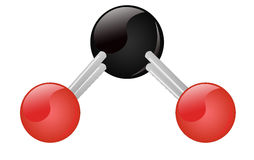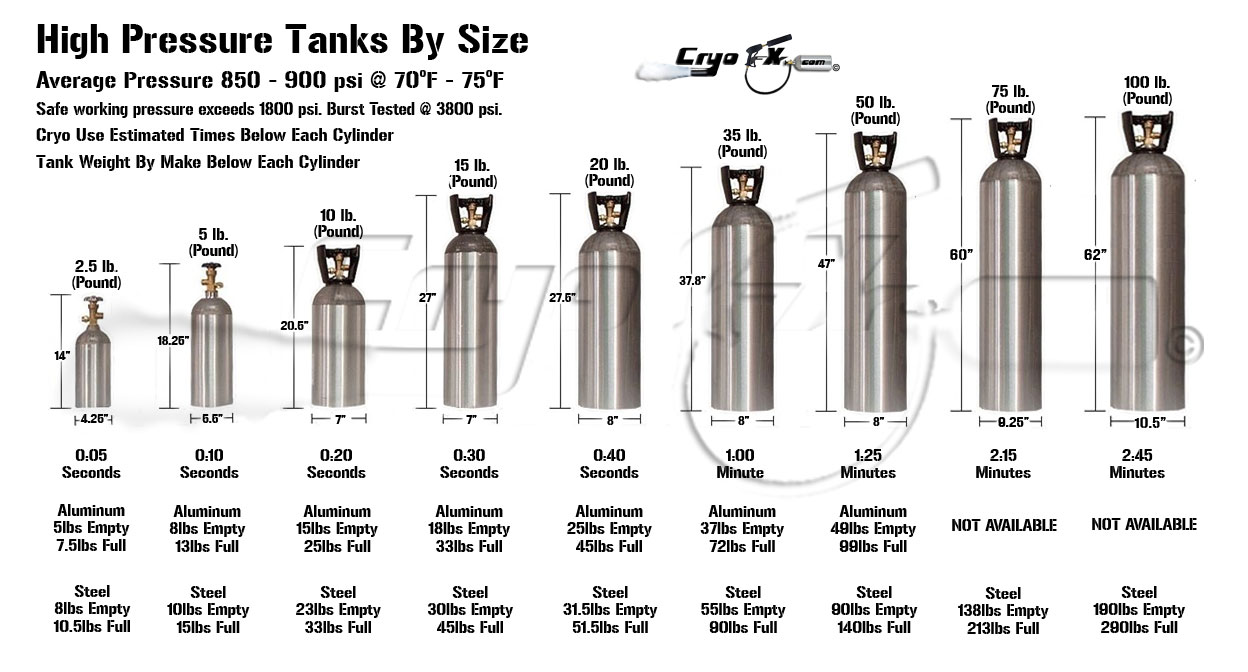Material Safety Data Sheet of Cryogenic Carbon Dioxide (CO2)

Material Safety Data Sheet of Cryogenic Carbon Dioxide (CO2)
Section 1. Chemical product and company identification
Product name : Carbon Dioxide (Co2)
Supplier : AIRGAS INC., on behalf of its subsidiaries 259
North Radnor-Chester Road Suite 100 Radnor, PA 19087-5283
1-610-687-5253
Product use : Synthetic/Analytical chemistry. CO2 Theatrical Smoke Special Effects
Synonym : Carbonic Acid, Carbon Dioxide Liquid, Carbon Dioxide, Refrigerated
Liquid,
Carbonic Anhydride MSDS # : 001013
Date of : 1/20/2012.
Preparation/Revision
In case of emergency : Call 911 immediately
Section 2. Hazards Identification
Physical state: Gas or Liquid
Emergency overview: WARNING!
GAS:
CONTENTS UNDER PRESURE.
MAY CAUSE RESPIRATORY TRACT, EYE, AND SKIN IRRITATION.
CAN CAUSE TARGET ORGAN DAMAGE.
Do not puncture or incinerate container.
Can cause rapid suffocation.
LIQUID:
MAY CAUSE RESPIRATORY TRACT, EYE, AND SKIN IRRITATION.
CAN CAUSE TARGET ORGAN DAMAGE.
Extremely cold liquid and gas under pressure.
Can cause rapid suffocation.
May cause severe frostbite.
Do not puncture or incinerate container. Avoid contact with eyes,
skin and clothing. May cause target organ damage, based on
animal data.Wash thoroughly after handling. Keep container closed
Avoid breathing gas. Use with adequate ventilation.Contact with
rapidly expanding gas, liquid, or solid can cause frostbite.
Target Organs : May cause damage to the following organs: lungs.
Routes of Entry : Inhalation Dermal Eyes
Potential Acute Health Effects
Eyes : Moderately irritating to eyes. Contact with rapidly expanding gas
may cause burns or frostbite. Contact with cryogenic liquid can
cause frostbite and cryogenic burns.
Skin : Moderately irritating to the skin. Contact with rapidly expanding gas
may cause burns or frostbite. Contact with cryogenic liquid can
cause frostbite and cryogenic burns.
Inhalation : Moderately irritating to the respiratory system.
Ingestion : Ingestion is not a normal route of exposure for gases. Contact with
cryogenic liquid can cause frostbite and cryogenic burns.
Potential Chronic Health Effects
Chronic Effects : May cause target organ damage, based on animal data.
Target Organs : May cause damage to the following organs: lungs.
Medical conditions aggravated
by over exposure : Pre-existing disorders involving any target organs mentioned in this
MSDS as being at- risk may be aggravated by over-exposure to
this product.
See toxicological information (Section 11)
Section 3. Composition, Information on Ingredients
Name: Carbon Dioxide
CAS Number: 124-38-9
%Volume: 100
Exposure Limits:
ACGIH TLV (United States, 2/2010).
STEL: 54000 mg/m3 15 minute(s).
STEL: 30000 ppm 15 minute(s).
TWA: 9000 mg/m3 8 hour(s). TWA: 5000 ppm 8 hour(s).
NIOSH REL (United States, 6/2009).
STEL: 54000 mg/m3 15 minute(s).
STEL: 30000 ppm 15 minute(s).
TWA: 9000 mg/m3 10 hour(s). TWA: 5000 ppm 10 hour(s).
OSHA PEL (United States, 6/2010).
TWA: 9000 mg/m3 8 hour(s).
TWA: 5000 ppm 8 hour(s).
OSHA PEL 1989 (United States, 3/1989).
STEL: 54000 mg/m3 15 minute(s).
STEL: 30000 ppm 15 minute(s).
TWA: 18000 mg/m3 8 hour(s).
TWA: 10000 ppm 8 hour(s).
Section 4. First aid measures
No action shall be taken involving any personal risk or without suitable training.If it is suspected that fumes are still present, the rescuer should wear an appropriate mask or self-contained breathing apparatus.It may be dangerous to the person providing aid to give mouth-to-mouth resuscitation.
Eye contact : Check for and remove any contact lenses. Immediately flush eyes with plenty of water for at least 15 minutes, occasionally lifting the
upper and lower eyelids. Get medical attention immediately.
Skin contact : In case of contact, immediately flush skin with plenty of water for at least 15 minutes while removing contaminated clothing and shoes
Wash clothing before reuse. Clean shoes thoroughly before reuse. Get medical attention immediately.
Frostbite : Try to warm up the frozen tissues and seek medical attention.
Inhalation : Move exposed person to fresh air. If not breathing, if breathing is irregular or if respiratory arrest occurs, provide artificial respiration or oxygen by trained personnel. Loosen tight clothing such as a collar, tie, belt or waistband. Get medical attention immediately. Ingestion : As this product is a gas, refer to the inhalation section.
Section 5. Fire-Fighting Measures
Flammability of the product : Non-Flammable
Products of combustion : Decomposition products may include the following materials:
carbon dioxide
carbon monoxide
Fire-fighting
media and instructions : Use an extinguishing agent suitable for the surrounding fire. Apply water from a safe distance to cool container and protect surrounding area. If involved in fire, shut off flow immediately if it can be done without risk. Contains gas under pressure. In a fire or if heated, a pressure increase will occur and the container may burst or explode.
Special protective
equipment for fire-fighters : Fire-fighters should wear appropriate protective equipment and self-contained breathing apparatus (SCBA) with a full face-piece operated in positive pressure mode.
Section 6. Accidental release measures
Personal precautions : Immediately contact emergency personnel. Keep unnecessary personnel away. Use suitable protective equipment (section 8).
Shut off gas supply if this can be done safely. Isolate area until gas has dispersed.
Environmental precautions : Avoid dispersal of spilled material and runoff and contact with soil, waterways, drains and sewers.
Methods for cleaning up : Immediately contact emergency personnel. Stop leak if without risk.
Note: see section 1 for emergency contact information and section 13 for waste disposal.
Section 7. Handling and storage
Handling : Wash thoroughly after handling. High pressure gas. Do not puncture or incinerate container. Use equipment rated for cylinder pressure. Close valve after each use and when empty. Keep container closed. Avoid contact with skin and clothing. Use with adequate ventilation. Avoid contact with eyes. Protect cylinders from physical damage; do not drag, roll, slide, or drop. Use a suitable hand truck for cylinder movement. Never allow any unprotected part of the body to touch uninsulated pipes or vessels that contain cryogenic liquids. Prevent entrapment of liquid in closed systems or piping without pressure relief devices. Some materials may become brittle at low temperatures and will easily fracture.
Storage : Cylinders should be stored upright, with valve protection cap in place, and firmly secured to prevent falling or being knocked over. Cylinder temperatures should not exceed 52 °C (125 °F). For additional information concerning storage and handling refer to Compressed Gas Association pamphlets P-1 Safe Handling of Compressed Gases in Containers and P12 Safe Handling of Cryogenic Liquids available from the Compressed Gas Association, Inc.
Section 8. Exposure controls/personal protection
Engineering controls : Use only with adequate ventilation. Use process enclosures, local exhaust ventilation or other engineering controls to keep worker exposure to airborne contaminants below any recommended or statutory limits.
Personal protection
Eyes : Safety eyewear complying with an approved standard should be used when a risk assessment indicates this is necessary to avoid exposure to liquid splashes, mists or dusts. When working with cryogenic liquids, wear a full face shield.
Skin : Personal protective equipment for the body should be selected based on the task being performed and the risks involved and should be approved by a specialist before handling this product.
Respiratory : Use a properly fitted, air-purifying or air-fed respirator complying with an approved standard if a risk assessment indicates this is necessary. Respirator selection must be based on known or anticipated exposure levels, the hazards of the product and the safe working limits of the selected respirator.
The applicable standards are (US) 29 CFR 1910.134 and (Canada) Z94.4-93
Hands : Chemical-resistant, impervious gloves complying with an approved standard should be worn at all times when handling chemical products if a risk assessment indicates this is necessary. Insulated gloves suitable for low temperatures Personal protection in case of a large spill product : Self-contained breathing apparatus (SCBA) should be used to avoid inhalation of the Full chemical-resistant suit and self-contained breathing apparatus should be worn only by trained and authorized persons.
Section 9. Physical and chemical properties
Molecular weight : 44.01 g/mole
Molecular formula : C-O2
Melting/freezing point : Sublimation temperature: -79°C (-110.2 to °F)
Critical temperature : 30.9°C (87.6°F)
Vapor pressure : 830 (psig)
Vapor density : 1.53 (Air = 1) Liquid Density@BP: Solid density = 97.5 lb/ft3
(1562 kg/m3)
Specific Volume (ft 3/lb) : 8.7719
Gas Density (lb/ft 3) : 0.114
Section 10. Stability and reactivity
Stability and reactivity : The product is stable.
Hazardous decomposition
products : Under normal conditions of storage and use, hazardous
decomposition products should not be produced.
Hazardous polymerization : Under normal conditions of storage and use, hazardous
polymerization will not occur.
Section 11. Toxicological Information
IDLH : 40000 ppm
Chronic effects on humans : May cause damage to the following organs: lungs.
Other toxic effects on humans : No specific information is available in our database regarding the
other toxic effects of this material to humans.
Specific effects
Carcinogenic effects : No known significant effects or critical hazards.
Mutagenic effects : No known significant effects or critical hazards.
Reproduction toxicity : No known significant effects or critical hazards.
Section 12. Ecological information
Aquatic ecotoxicity: Not available.
Toxicity of the products of biodegradation : Not available.
Environmental fate : Not available.
Environmental hazards : This product shows a low bioaccumulation potential.
Toxicity to the environment : Not available.
Section 13. Disposal considerations
Product removed from the cylinder must be disposed of in accordance with appropriate Federal, State,
local regulation.Return cylinders with residual product to Airgas, Inc.Do not dispose of locally.
Section 14. Regulatory information
United States
U.S. Federal regulations : TSCA 8(a) IUR: This material is listed or exempted.
United States inventory (TSCA 8b): This material is listed or exempted.
SARA 302/304/311/312 extremely hazardous substances: No
products were found.
SARA 302/304 emergency planning and notification: No
products were found.
SARA 302/304/311/312 hazardous chemicals: Carbon dioxide
SARA 311/312 MSDS distribution - chemical inventory - hazard
identification: Carbon dioxide: Sudden release of pressure,
Immediate (acute) health hazard, Delayed (chronic) health hazard
State regulations : Connecticut Carcinogen Reporting: This material is not listed.
Connecticut Hazardous Material Survey: This material is not listed.
Florida substances: This material is not listed.
Illinois Chemical Safety Act: This material is not listed.
Illinois Toxic Substances Disclosure to Employee Act: This material
is not listed.
Louisiana Reporting : This material is not listed.
Louisiana Spill : This material is not listed.
Massachusetts Spill : This material is not listed.
Massachusetts Substances : This material is listed.
Michigan Critical Material : This material is not listed.
Minnesota Hazardous Substances : This material is not listed.
New Jersey Hazardous Substances : This material is listed.
New Jersey Spill : This material is not listed.
New Jersey Toxic Catastrophe Prevention Act : This material is
not listed.
New York Acutely Hazardous Substances : This material is not
listed.
New York Toxic Chemical Release Reporting : This material is
not listed.
Pennsylvania RTK Hazardous Substances : This material is listed.
Rhode Island Hazardous Substances : This material is not listed.
Canada
WHMIS (Canada) : CEPA Toxic substances: This material is listed.
Canadian ARET: This material is not listed.
Canadian NPRI: This material is not listed.
Alberta Designated Substances: This material is not listed.
Ontario Designated Substances: This material is not listed.
Quebec Designated Substances: This material is not listed.
Class A: Compressed gas.
Section 16. Other information
United States
Label requirements : GAS: CONTENTS UNDER PRESSURE. MAY CAUSE RESPIRATORY TRACT, EYE, AND SKIN IRRITATION. CAN CAUSE TARGET ORGAN
DAMAGE. Do not puncture or incinerate container. Can cause rapid suffocation. LIQUID: MAY CAUSE RESPIRATORY TRACT, EYE, AND SKIN IRRITATION. CAN CAUSE TARGET ORGAN DAMAGE. Extremely cold liquid and gas under pressure. Can cause rapid suffocation. May cause severe frostbite.
Canada
Label requirements : Class A: Compressed gas.

